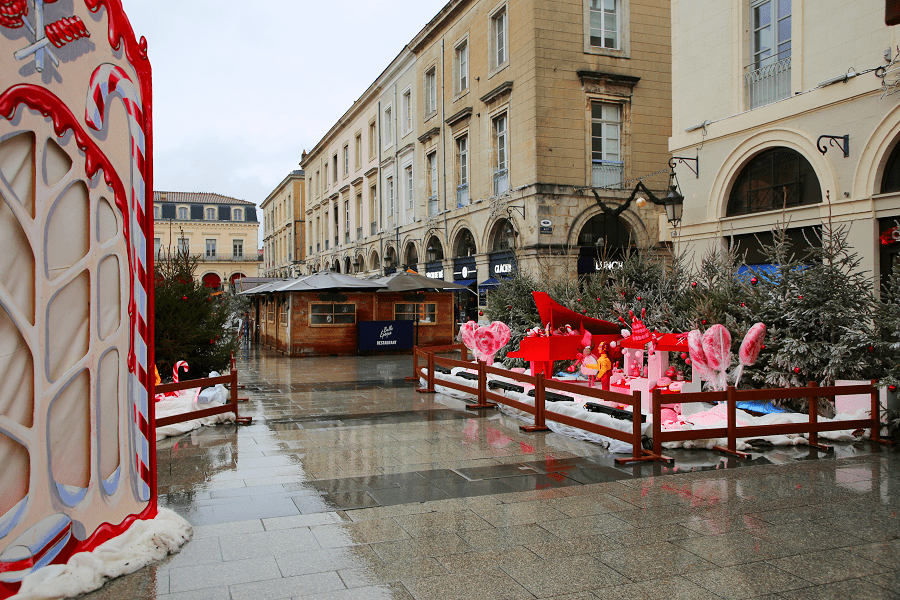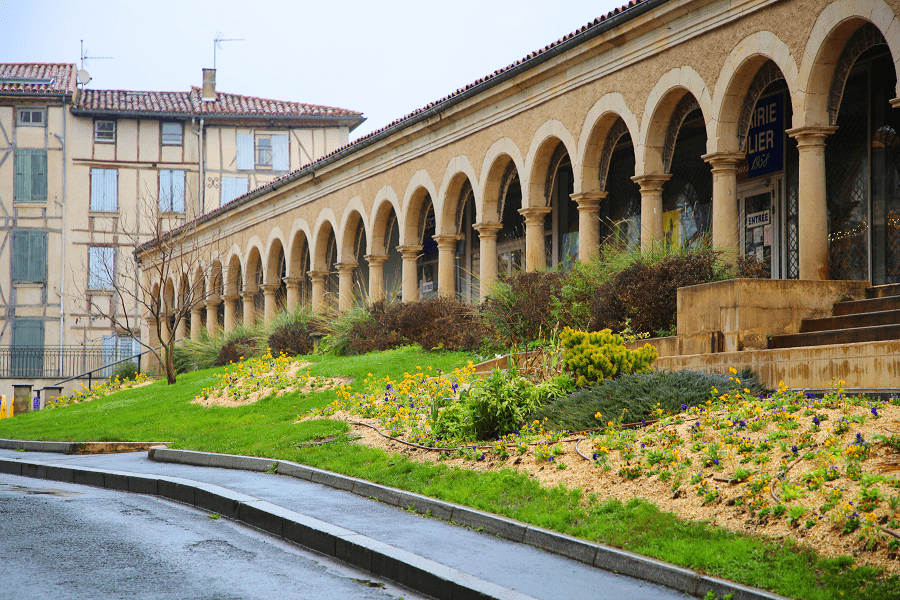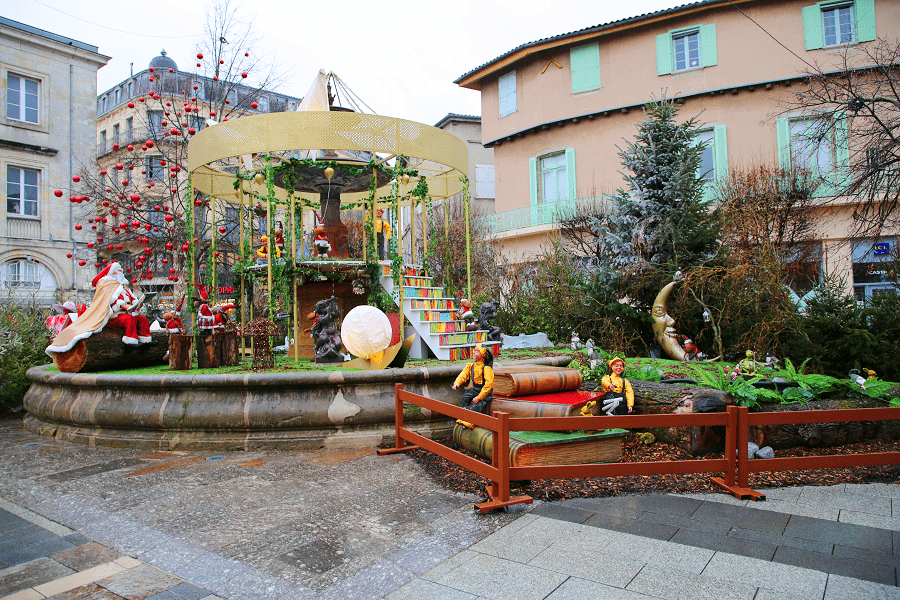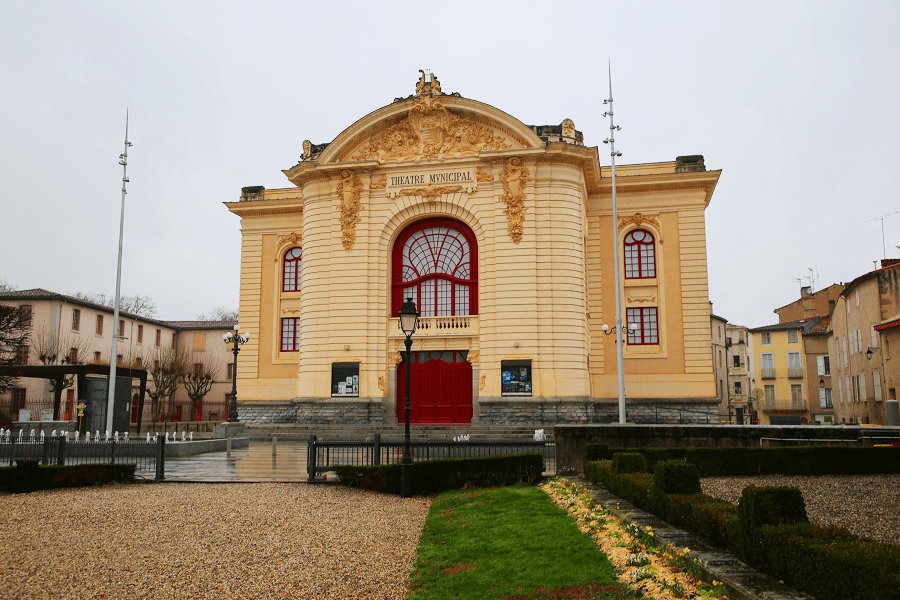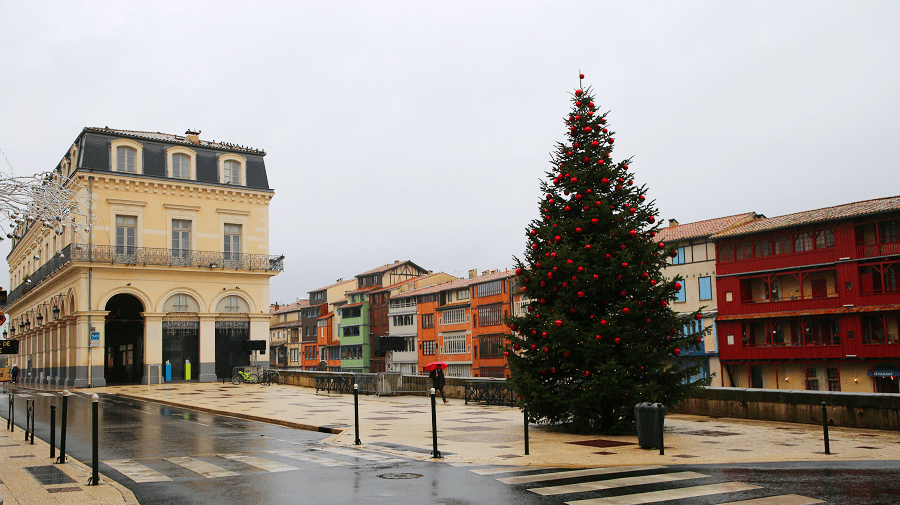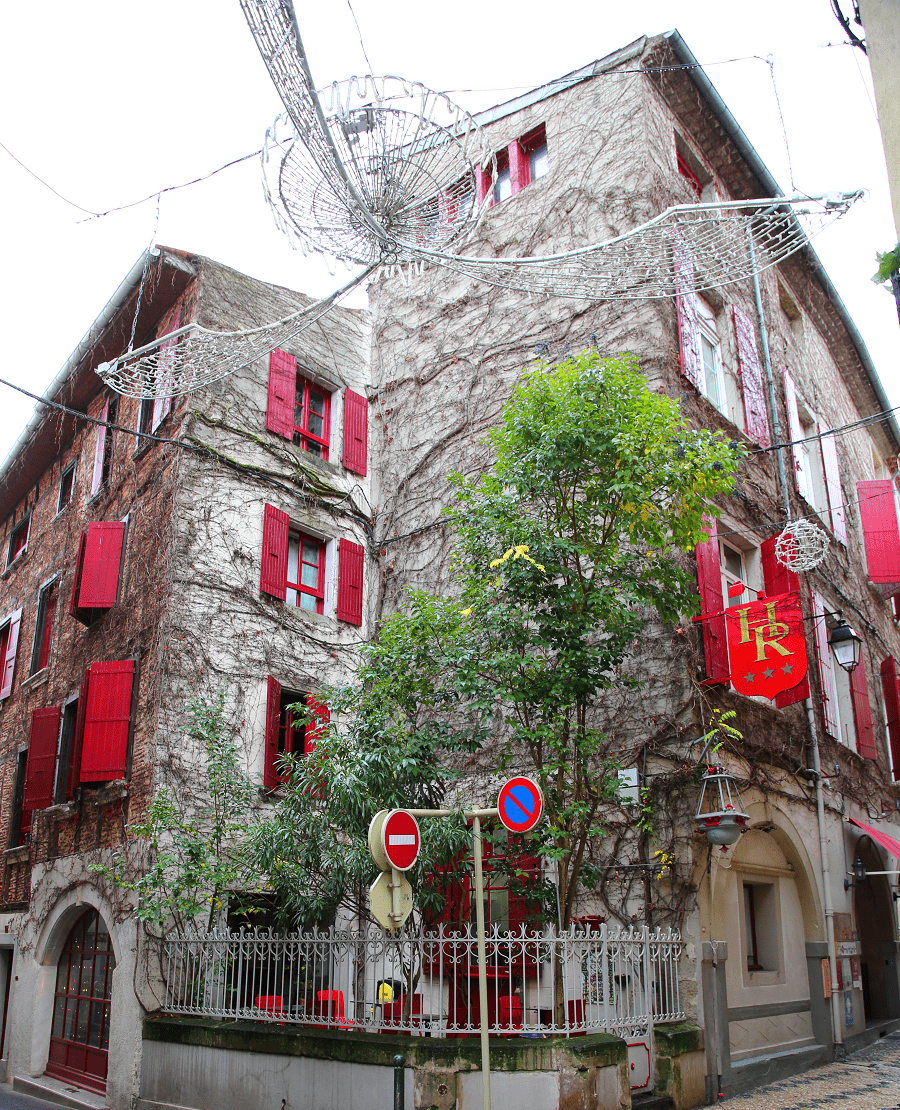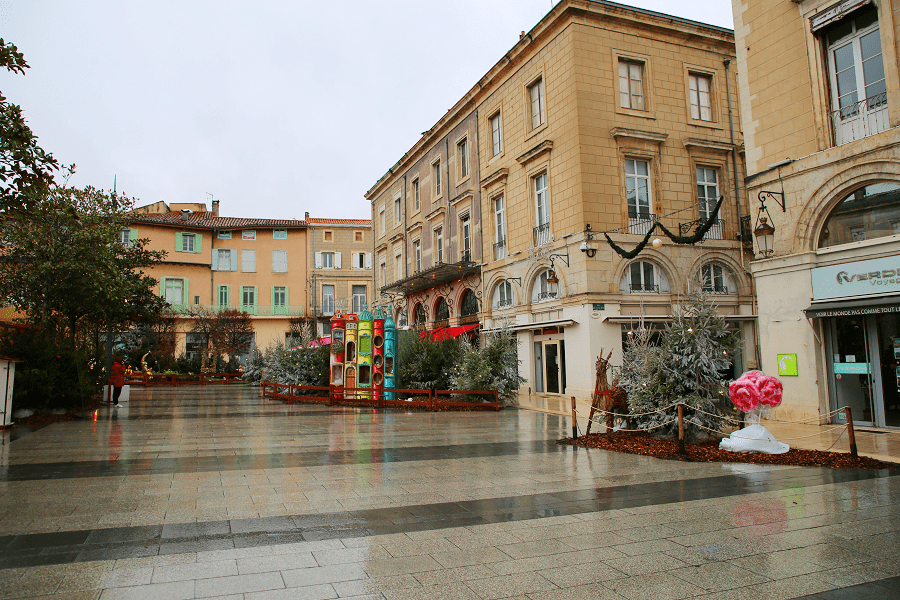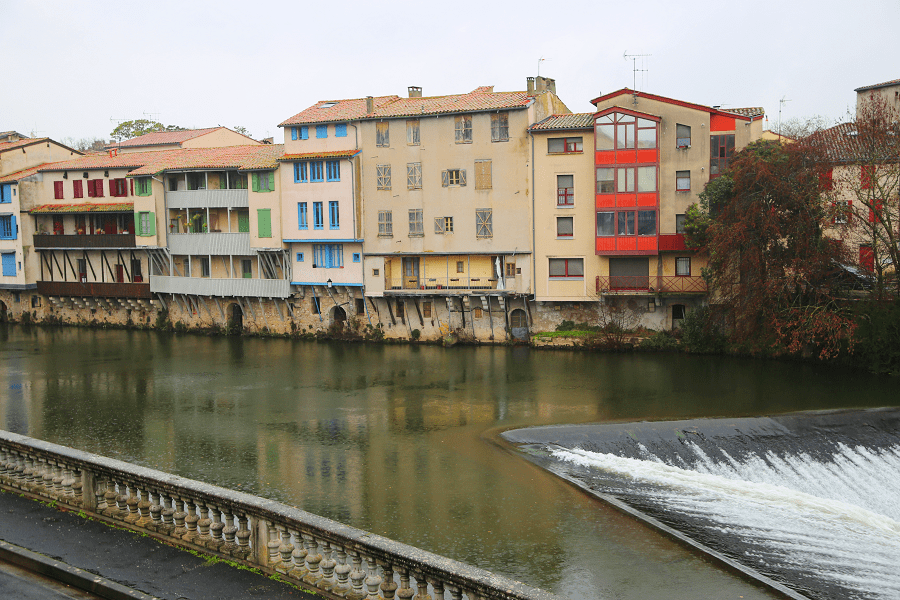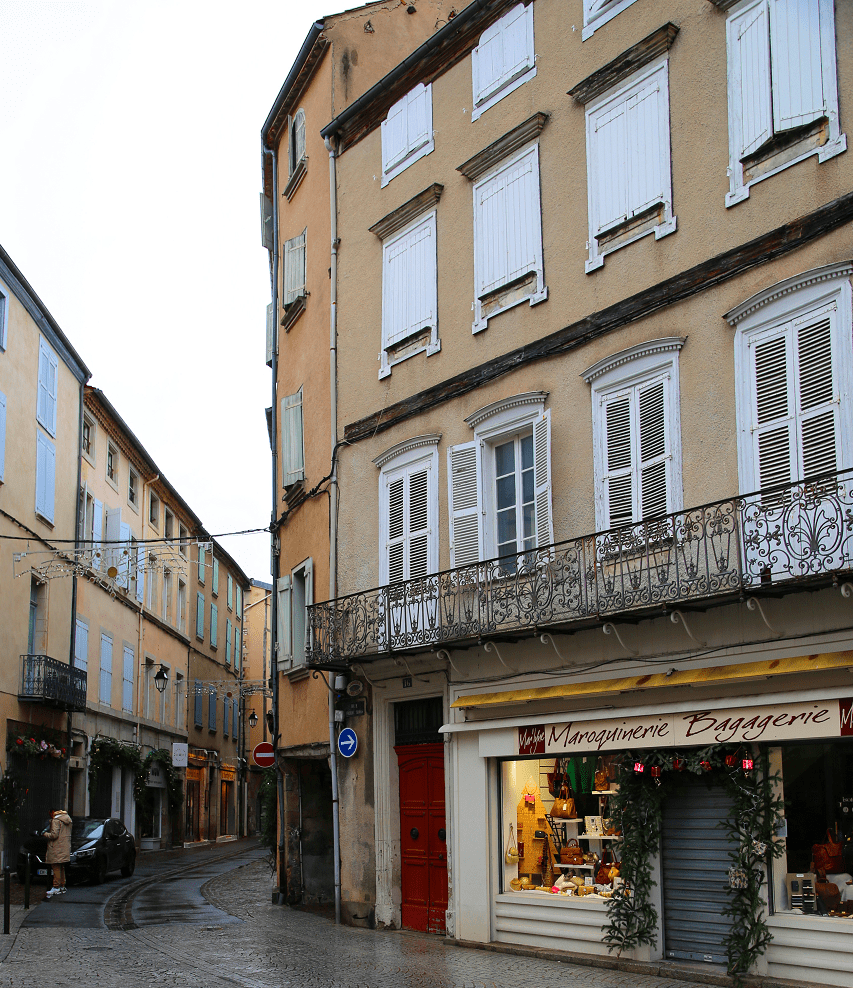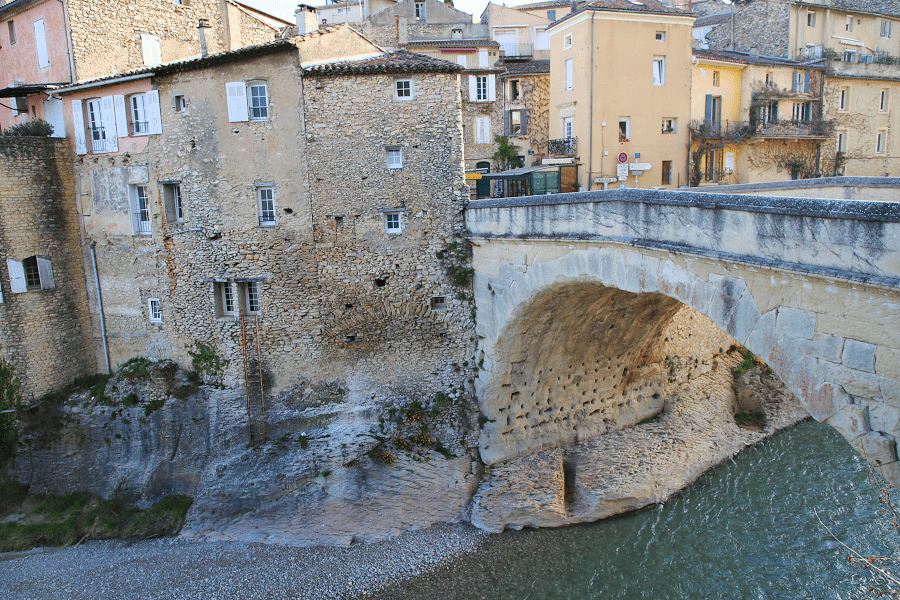Castres (Castras in the Languedocian dialect of Occitan) is the sole subprefecture of the Tarn department in the Occitania region in Southern France.
It lies in the former province of Languedoc, although not in the former region of Languedoc-Roussillon.
Castres is the fourth-largest industrial centre of the predominantly rural former Midi-Pyrénées region after Toulouse, Tarbes and Albi, as well as the largest in the part of Languedoc lying between Toulouse and Montpellier.
Situated in the center of the Occitania region, on the eastern edge of the Midi Toulousain, Castres is exposed to an altered Mediterranean climate and is drained by the Agout, Thoré, Durenque, Lézert, Poumarol, Gourgs and Rozé streams, as well as a number of other smaller streams.
The commune boasts a remarkable natural heritage: two Natura 2000 sites (the causse de Caucalières et Labruguière and the valleys of the Tarn, Aveyron, Viaur, Agout and Gijou) and six natural areas of ecological, faunistic and floristic interest.
Main attractions
Saint-Benoit Cathedral, on Rue de l’Hôtel-de-Ville, is the largest church in Castres. It was built on the site of the abbey church founded by the Benedictines in the ninth century, of which only the bell tower remains, the sole vestige of Romanesque architecture. The last level of the tower was extensively modified in the 17th century. After the Wars of Religion had destroyed the first two buildings, construction was entrusted to the architect Caillau in 1677, then to Eustache Lagon in 1710. The church was consecrated in 1718, but, for financial reasons, was never completed. The entrance is on the side. The Gothic style of this building, located behind the gardens and the bishop’s palace, is clearly visible.
The Saint-Jean-Saint-Louis church on avenue Augustin-Malroux was built in the late 19th century. This religious edifice is located on the edge of Castres’ historic town center. In 1867, construction began on the church of Saint-Jean-Saint-Louis, inaugurated in 1873.
The birth of the church was made possible by a bequest and a call for subscriptions. Construction began in 1867 and was completed six years later under the supervision of the town architect, M. Barthe. Its bell tower can be seen from the heights of Capélanié.
The Saint-Jacques de Villegoudou church, on Rue Francisco-Ferrer, was a stopover for pilgrims on the Santiago route to Santiago de Compostela.
It owes its name to the hospital that welcomed Compostela pilgrims before entering the town on the left bank. The ogival church of Saint-Jacques was built at the end of the 14th century. Destroyed in 1567, all that remains today is the bell tower, a massive square tower in the Southern Gothic style.
The Cordeliers de Castres convent is a Franciscan religious monument built in the 13th century. Construction of the convent is estimated to date from the first half of the 13th century, between the founding of the order in 1227 and 1252. This date appears in the signature of the epitaph inscribed by Isabelle de France, sister of Saint Louis, on the vault she had built for her friend, Armoise de Lautrec.
The Chartreuse Notre-Dame-de-Bellevue de Saïx, or simply Chartreuse de Saïx, is a former Carthusian monastery located in Castres. It takes its name from the nearby town of Saïx.
The town possesses 16th and 17th century mansions , including the Hôtel de Nayrac, of the Renaissance.
Castres possesses the renowned Goya Museum, created in 1840, which contains the largest collection of Spanish paintings in France. The Jaurès Museum was also opened in 1954 in the house where Jean Jaurès was born in 1859.
The Jardin botanique Pierre Fabre “La Michonne” is a private botanical garden and conservatory that can be visited.
Restaurants
There are 3 Michelin list restaurants in the city:
- La Part des Anges, 5 boulevard Raymond-Vittoz, Modern Cuisine
- Bistrot Saveurs, 5 rue Sainte-Foy, Castres, Modern Cuisine
- Les Mets d’Adélaïde, 36 avenue Georges-Alquier-Les Salvages, Modern Cuisine
How to get to?
From Paris: 9 hr 11 min (710 km) via A20
From Toulouse: 1 hr 20 min (79.3 km) via N126
From Andorra: 3 hr 16 min (219 km) via N20
From Barcelona: 4 hr 17 min (365 km) via AP-7
From Madrid: 9 hr 30 min (792 km) via A-2
From Monaco: 5 hr 45 min (514 km) via A8
From Moscow: 35 hr (3,461 km) via E30/M1
From Belgrade: 17 hr 56 min (1,818 km) via E70
From Istanbul: 28 hr (2,767 km) via E70
From Bern: 7 hr 59 min (772 km) via A9
Main information
Area: 98 km2
Population: 42 672
Coordinates: 43°36′00″N 2°15′00″E
Language: French
Currency: Euro
Visa: Schengen
Time: Central European UTC +1
See here Pyrenees travel guide
See here France travel guide
See here Spain travel guide




